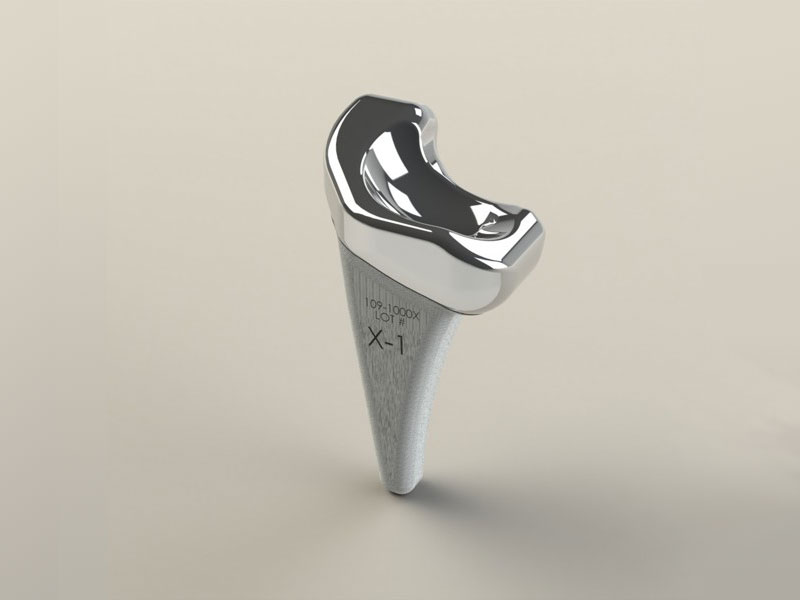New Wrist Implant Could Alleviate Painful Arthritis
By HospiMedica International staff writers
Posted on 05 Nov 2015
A new partial wrist replacement could offer better movement than traditional implants for people seeking relief from painful wrist arthritis.Posted on 05 Nov 2015
Developed at the Hospital for Special Surgery (HSS; New York, NY, USA), the KinematX midcarpal wrist hemiarthroplasty device is a modular partial wrist replacement designed to be a better anatomical match for a normal wrist than traditional implants, helping to preserve wrist motion needed for a range of activities. The implant, which utilizes modular components in various sizes to match a patient's individual anatomy and more closely mimic normal wrist motion, replaces the proximal carpal bones in a procedure called wrist hemiarthroplasty.

Image: The KinematX midcarpal modular wrist hemiarthroplasty implant (Photo courtesy of Extremity Medical).
The researchers claim that the improved motion of the KinematX will enable patients to resume sports and other activities and that the modular nature of the device will allow the partial wrist replacement to be more easily converted to a midcarpal total wrist replacement if and when the need arises. They also believe the implant to be more durable than traditional wrist replacements, which only last 5 to 10 years. The technology has been licensed to Extremity Medical (Parsippany, NJ, USA) who will be responsible for the manufacture and distribution of the new implant.
“Wrist arthritis is one of the most common and debilitating conditions treated by hand surgeons. When conservative treatments fail to provide relief, patients often consider surgery,” said hand and upper extremity surgeon Scott Wolfe, MD, who co-developed the new device. “Because of the limitations of current surgical options, we set out to develop a better wrist replacement based on years of research into how the wrist moves.”
“Traditional wrist surgeries often constrain the wrist to move in one plane at a time. During many activities, such as throwing a ball, hammering a nail or pouring a glass of water, the wrist doesn't move in just one of these directions. It accomplishes the action by combining movements in both planes,” conclude Dr. Wolfe. “Because of this, patients need to learn new ways to move their forearm and arm to compensate for the change.”
Seven surgeons from Canada, Europe, and Australia were trained in using the innovative device at the September 2015 meeting of the American Society for Surgery of the Hand, held in Seattle (WA, USA). They will follow patients and record results in an international wrist replacement registry to determine how they fare with the new prosthesis.
Related Links:
Extremity Medical
Hospital for Special Surgery














